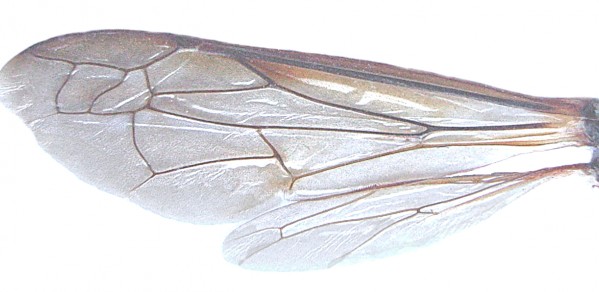
Professor Norman Fleck, head of the Department’s Materials Engineering Group and Director of the Cambridge Centre for Micromechanics, has received a €2.5 million grant from the European Research Council (ERC) to advance his engineering work on advanced structural materials.
Engineered products often require materials that offer high strength and toughness combined with low density and weight – a stronger motorcycle helmet isn’t necessarily better if it’s too heavy to wear. For Professor Fleck’s team, lattice-based microstructures provide just the right set of trade-offs.
Traditionally, surface coatings are fully dense solids that give added functionality to an engineering component, such as surface hardness, wear resistance, fatigue strength and corrosion resistance. However, materials found in nature offer a wider class of coatings in order to provide multi-functionality. For example:
- The bark of a tree can be stiffer and stronger than the underlying wood, or it can comprise a soft, spongy layer in order to provide thermal insulation and reduce moisture loss.
- Hair and feathers provide insulation and aerodynamic streamlining.
- Mammalian skin provides a semi-permeable barrier to prevent blood loss, but allow for transpiration cooling in addition to motility.
- Insect cuticle provides a combination of armour protection in addition to structural support from the exoskeleton.
A new procedure for generating multi-phase lattice materials lies at the centre of Professor Fleck’s work. In a traditional, single-phase lattice, the primary material forms the core of the object while air serves as a secondary medium. However, by using different materials to form inter-penetrating lattices, enhanced strength and lower densities can result.
 In Professor Fleck’s work, the newest class of multi-phase lattice coatings will use different combinations of properties. These coatings might take the form of a single material in the form of one-dimensional fibres to mimic hair or fur, a 2D or 3D lattice or two interpenetrating phases.
In Professor Fleck’s work, the newest class of multi-phase lattice coatings will use different combinations of properties. These coatings might take the form of a single material in the form of one-dimensional fibres to mimic hair or fur, a 2D or 3D lattice or two interpenetrating phases.
The advancements sought after by Professor Fleck could one day lead to stronger products ranging from lightweight vehicles to body armour.

